Original U.S. WWI China Marine Trench Art Artillery Shells – International Military Antiques
4.9 (155) In stock
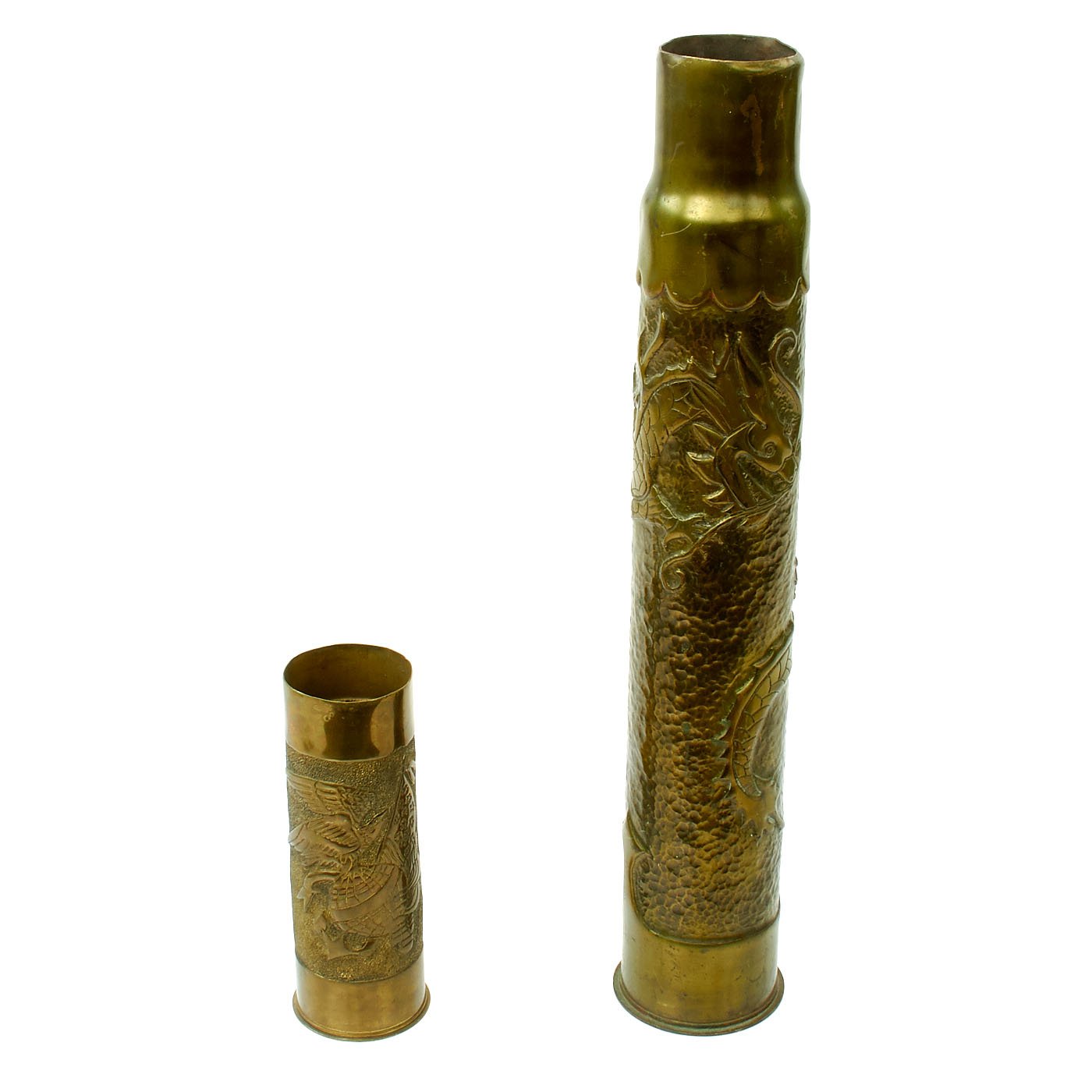
Original Items: One-of-a-kind-set. These are two brass artillery shell casings dating from 1914 and 1917. They both show USMC United States Marine Corps insignia and the large of the two features Chinese dragon motifs. Both are offered in excellent condition and measure 24" and 9" tall respectively. The term China Marines, originally referred to the United States Marines, of the 4th Marine Regiment, who were stationed in Shanghai, China from 1927 to 1941 to protect American citizens and property in the Shanghai International Settlement, during the Chinese Revolution and the Second Sino-Japanese War. Those Marines stationed at the embassy in Peking and the consulate in Tientsin referred to themselves as North China Marines.Due to the cheap labor available, China Marines lived a relatively comfortable lifestyle, with each squad able to hire Chinese men to do its cleaning and run its errands. This, plus the inexpensive goods available on the local market, made assignment to the China Marines highly coveted.Most of the China Marines were withdrawn in November 1941, but the North China Marines in Peking and Tientsin were scheduled to be withdrawn on December 10. (All weapons and ammunition except rifles and pistols had been crated and shipped by rail to the embarkation port.) However, Imperial Japan attacked the United States on December 7, and the Marine Embassy guards, plus a fourteen man Naval medical detachment, a total of 203 men, were captured and held as slave labor until the war's end in August 1945. A 204th man, a retired officer who had been living in Peking and recalled to duty, was immediately released. He continued living in Peking until he was included in the roundup of civilians and sent to the Weihsien civilian internment camp in March 1943. He was returned to the states on the exchange ship Teia Maru in Sep 1943. The last commander of the China Marines was Colonel William W. Ashurst.With the rapid expansion of the Marine Corps during World War II and the capture of the rest of the 4th Marine Regiment at Corregidor, the surviving China Marines were few in number and highly regarded.After Japan's surrender, the 1st and 6th Marine Divisions, also known as China Marines, were sent to occupy northern China from 1945 to 1948.
Original Items: One-of-a-kind-set. These are two brass artillery shell casings dating from 1914 and 1917. They both show USMC United States Marine Corps insignia and the large of the two features Chinese dragon motifs. Both are offered in excellent condition and measure 24" and 9" tall respectively. <br><br>The term China Marines, originally referred to the United States Marines, of the 4th Marine Regiment, who were stationed in Shanghai, China from 1927 to 1941 to protect American citizens and property in the Shanghai International Settlement, during the Chinese Revolution and the Second Sino-Japanese War. Those Marines stationed at the embassy in Peking and the consulate in Tientsin referred to themselves as North China Marines.<br><br>Due to the cheap labor available, China Marines lived a relatively comfortable lifestyle, with each squad able to hire Chinese men to do its cleaning and run its errands. This, plus the inexpensive goods available on the local market, made assignment to the China Marines highly coveted.<br><br>Most of the China Marines were withdrawn in November 1941, but the North China Marines in Peking and Tientsin were scheduled to be withdrawn on December 10. (All weapons and ammunition except rifles and pistols had been crated and shipped by rail to the embarkation port.) However, Imperial Japan attacked the United States on December 7, and the Marine Embassy guards, plus a fourteen man Naval medical detachment, a total of 203 men, were captured and held as slave labor until the war's end in August 1945. A 204th man, a retired officer who had been living in Peking and recalled to duty, was immediately released. He continued living in Peking until he was included in the roundup of civilians and sent to the Weihsien civilian internment camp in March 1943. He was returned to the states on the exchange ship Teia Maru in Sep 1943. The last commander of the China Marines was Colonel William W. Ashurst.<br><br>With the rapid expansion of the Marine Corps during World War II and the capture of the rest of the 4th Marine Regiment at Corregidor, the surviving China Marines were few in number and highly regarded.<br><br>After Japan's surrender, the 1st and 6th Marine Divisions, also known as China Marines, were sent to occupy northern China from 1945 to 1948.

9 Trench Art Vase Argonne, World War I, Shell Casing Vase, WWI, Art Tranchee, Soldier Art, Military Souvenir of World War I - UK

Original U.S. WWI China Marine Trench Art Artillery Shells – International Military Antiques
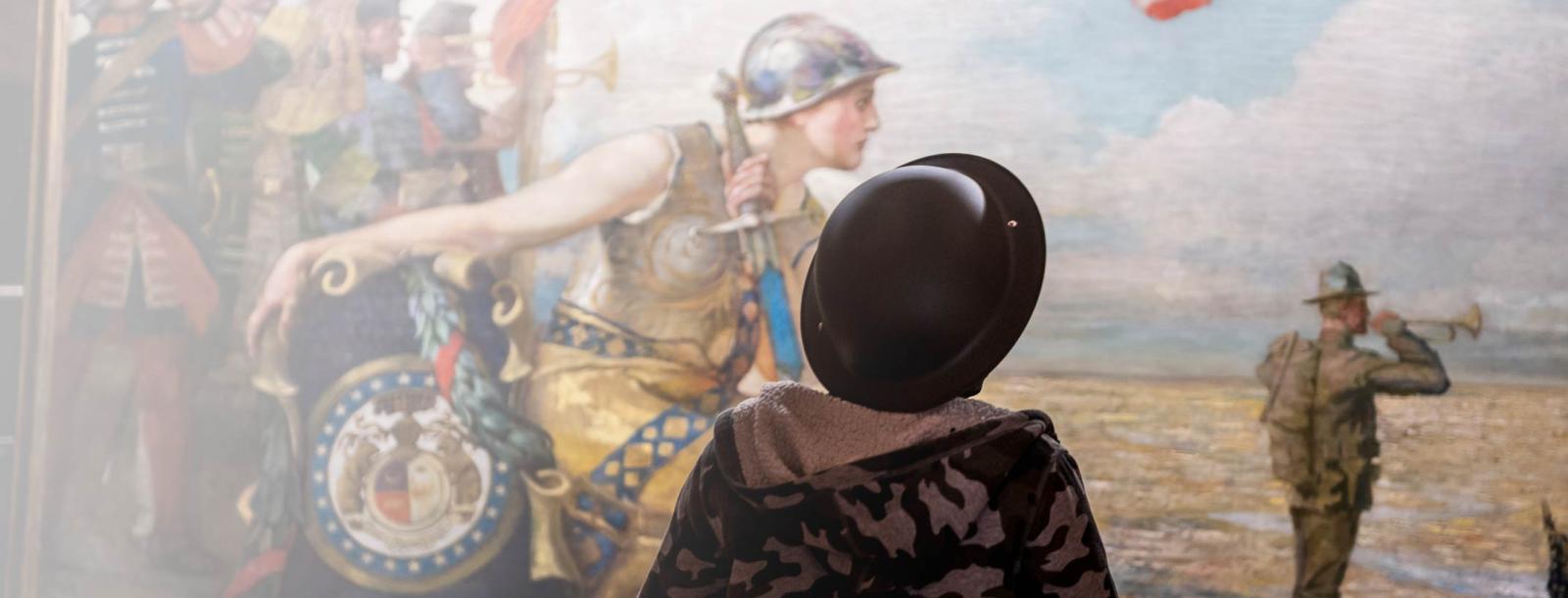
Home National WWI Museum and Memorial

Which weapons from World War II are still in use today? - Quora

Dominic Winter by Jamm Design Ltd - Issuu

WW1 French Trench Art Canone 75mm De Campagne Floral Vases in Trench Art

At Auction: WWI TRENCH ART 77mm ARTILLERY SHELL VASES

WWII JAPANESE TRENCH ART SHELL GUADALCANAL FOUND
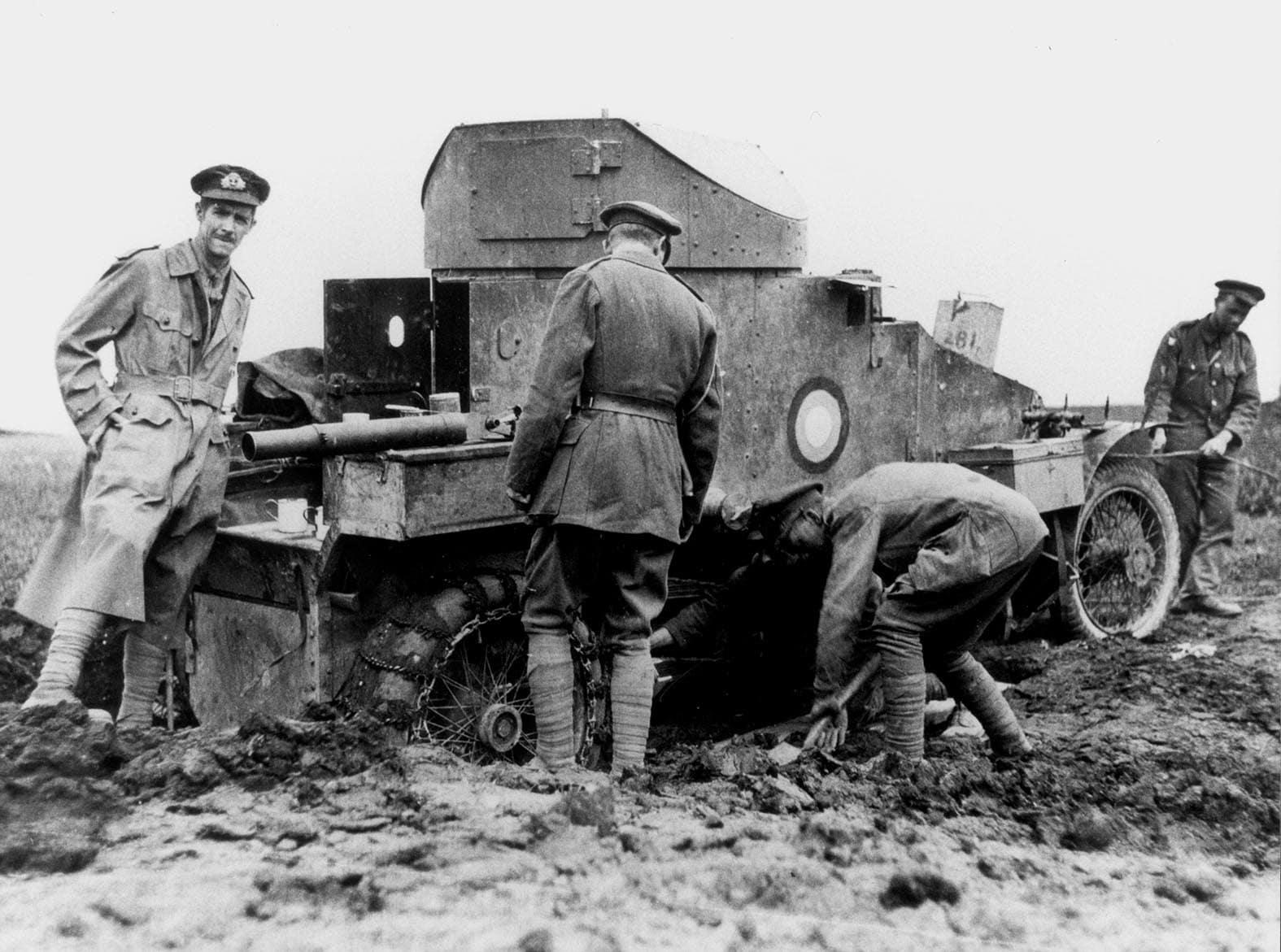
Royal Naval Armoured Cars — National Museum of the Royal New Zealand Navy
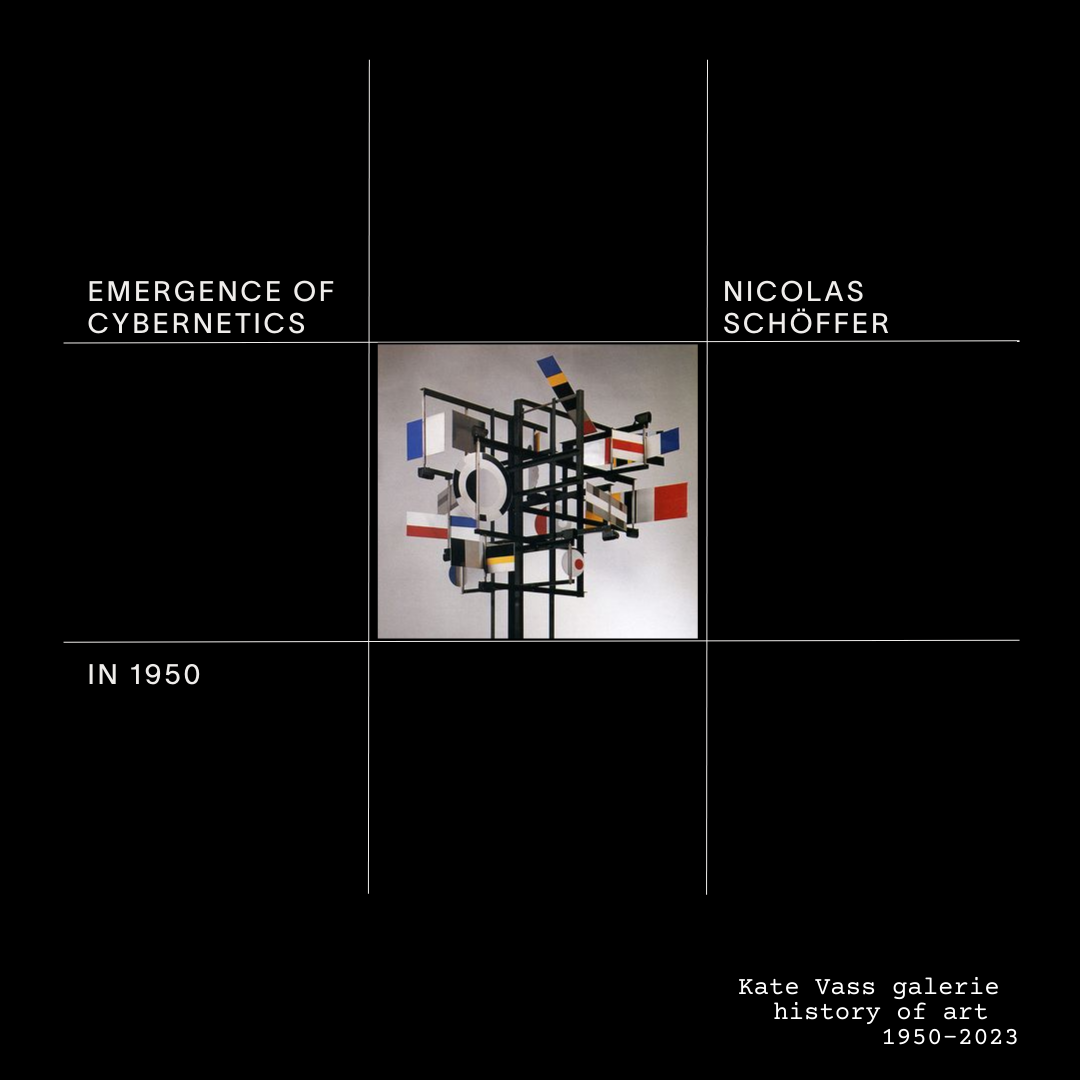
Art Blog Kate Vass Galerie — Kate Vass Galerie

First World War, Trench Art, Sugar Scuttle, La Guerre, 1917 WWI, Artillery Shell Case, Swing Handle, Antique Militaria, Decorative, French - Singapore
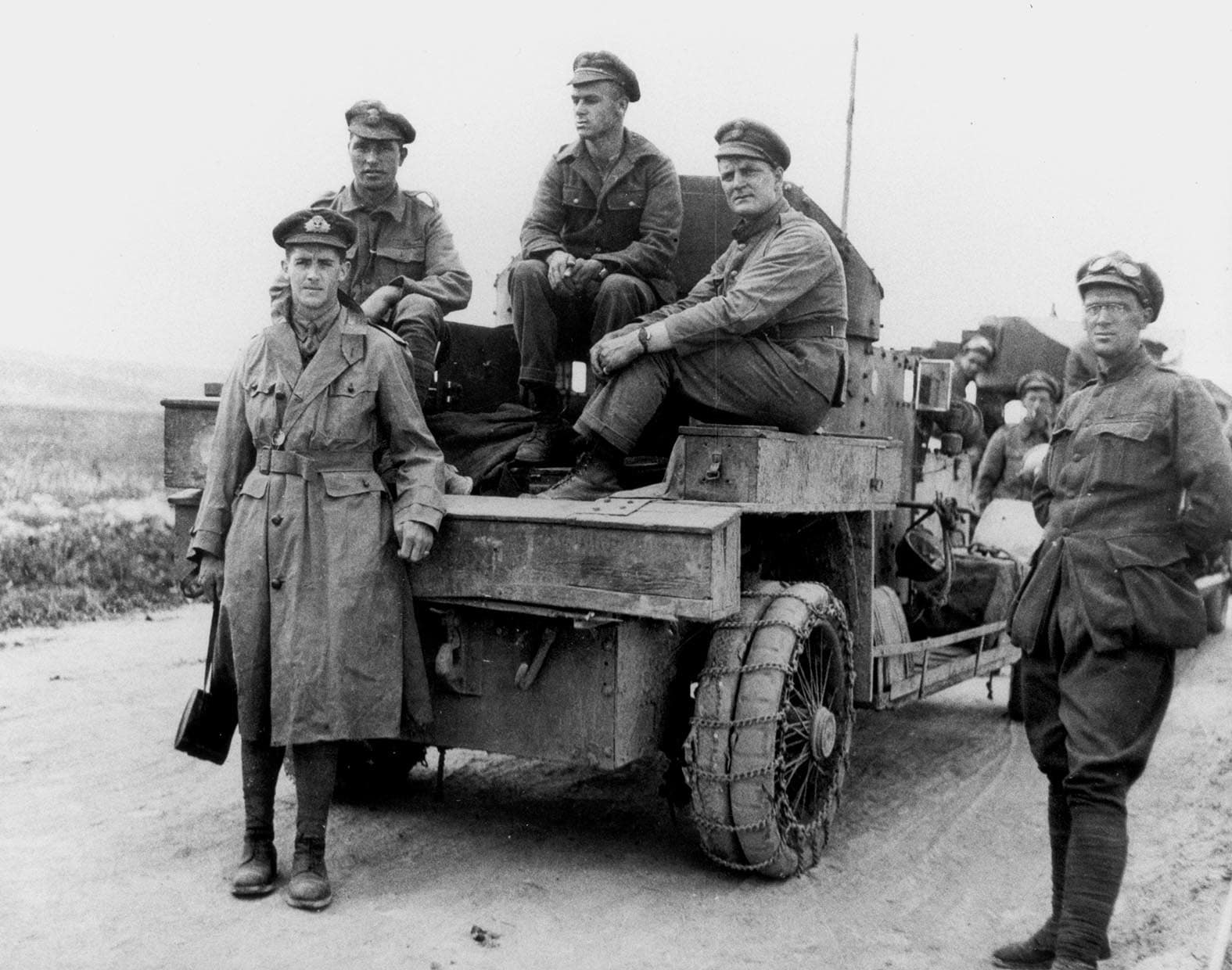
Royal Naval Armoured Cars — National Museum of the Royal New Zealand Navy

World War Trench Art Pair of Brass Artillery Shell Casing Vases Handmade With Flowers Perfect for Remembrance Day 1418 F - Canada

In the Early 1900s, Robber Barons Bought Dozens of Centuries-Old European Buildings. Where is Medieval America Now? - Atlas Obscura
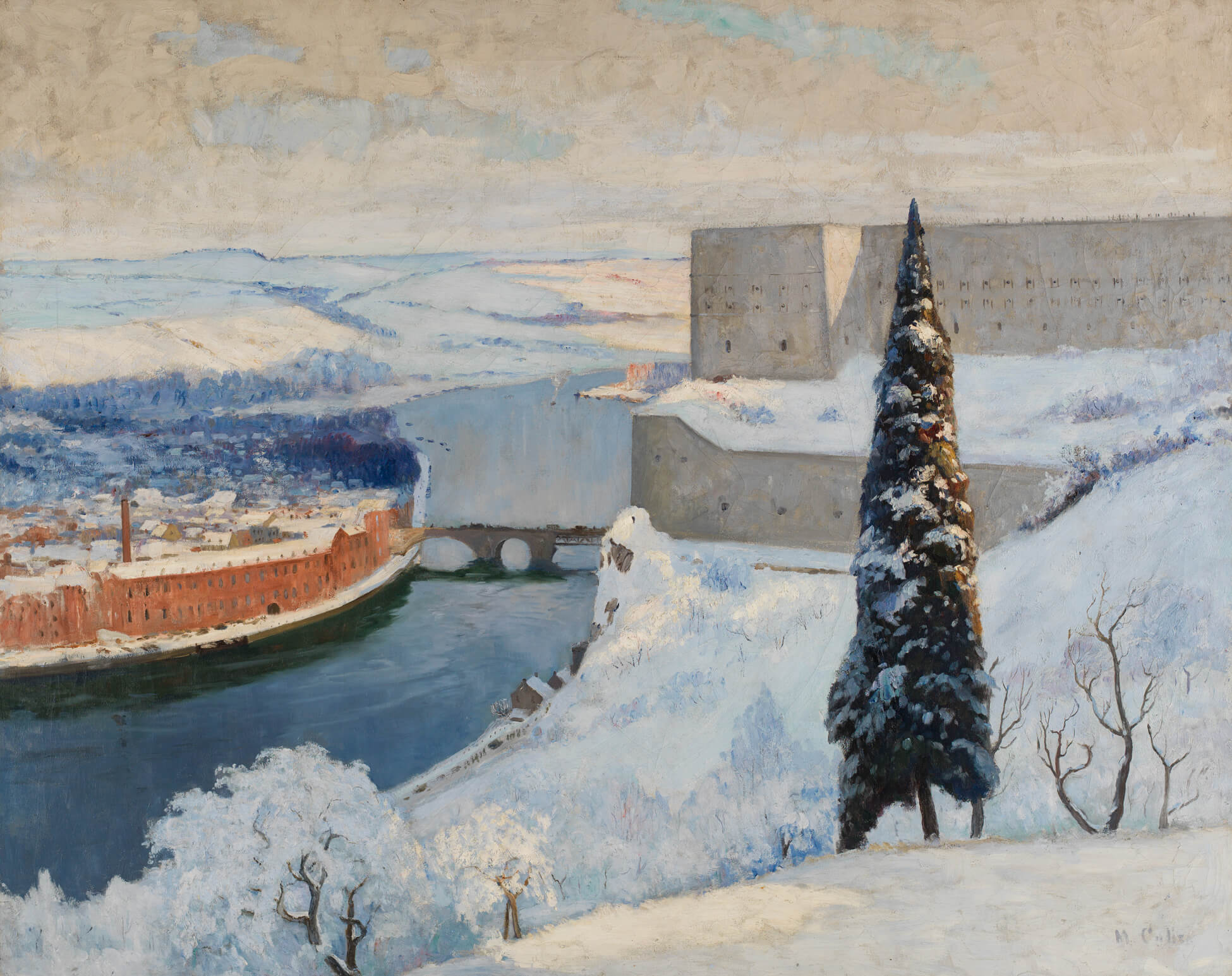
War Art in Canada, Historical Overview
WorldWarCollectibles German WW1 Flare Gun Shells
Brass shells hi-res stock photography and images - Alamy
Winchester 12 ga. BRASS shot shells
WWI French Trench Art Vase Pair (2) 1914-17 antique brass rose
 PACK OF 6 Women's NON Padded Sports Cotton Bra for Women/Girls bra
PACK OF 6 Women's NON Padded Sports Cotton Bra for Women/Girls bra Custom Folding Yoga Mats, Wholesale PVC Non Slip Yoga Mats
Custom Folding Yoga Mats, Wholesale PVC Non Slip Yoga Mats- Ruby on X: Boob overflow isn't a bug, it's an intended feature (pt.2) / X
 45 Best Honeymoon Destinations 2024 - Top Places to Go for Honeymoons
45 Best Honeymoon Destinations 2024 - Top Places to Go for Honeymoons- sheer fashion nova jumpsuit plus size|TikTok Search
 OFFLINE By Aerie Real Me Xtra Hold Up! Pocket Legging, Men's & Women's Jeans, Clothes & Accessories
OFFLINE By Aerie Real Me Xtra Hold Up! Pocket Legging, Men's & Women's Jeans, Clothes & Accessories

